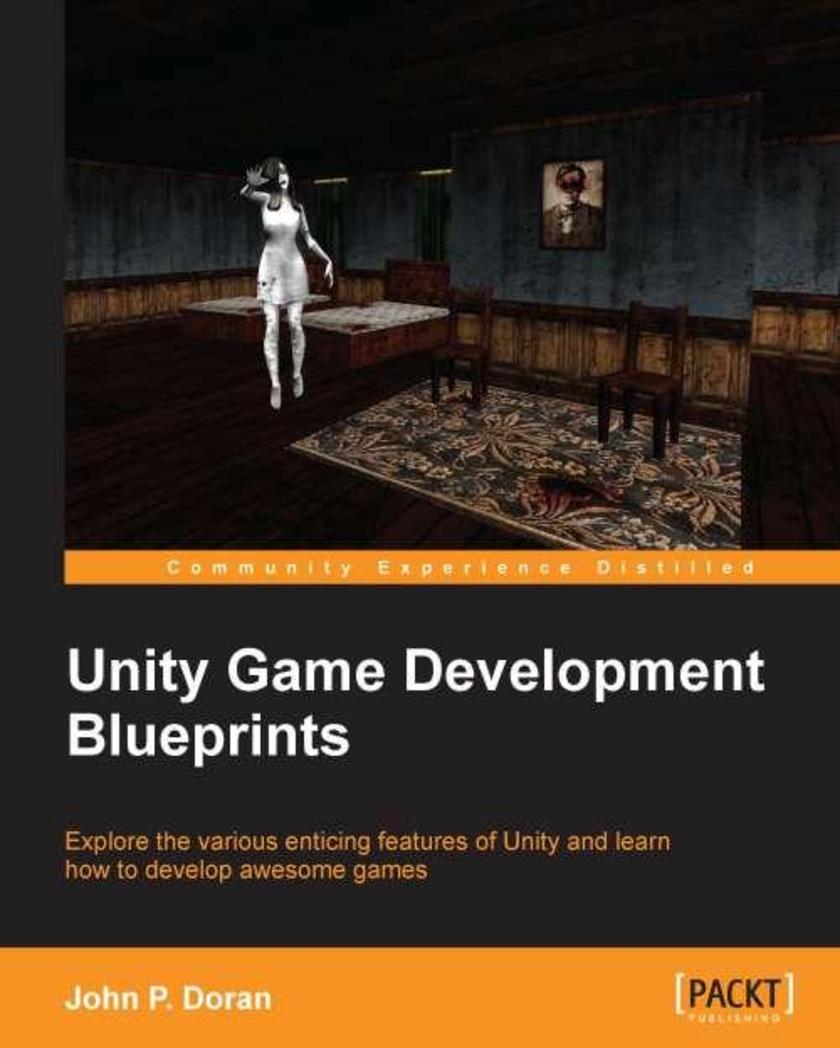
Unity Game Development Blueprints
¥80.65
If you want to build enticing projects with Unity, this book is for you. Readers who are familiar with the basics of how to create simple projects in Unity will have an easier time.
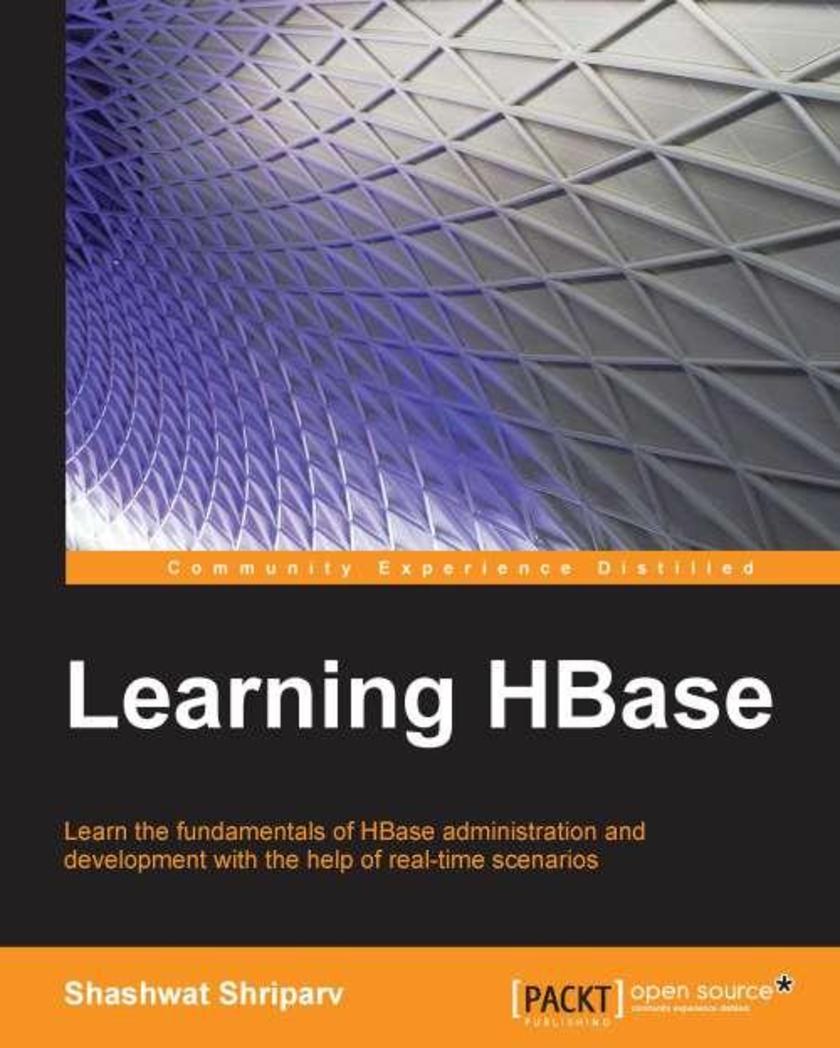
Learning HBase
¥80.65
If you are an administrator or developer who wants to enter the world of Big Data and BigTables and would like to learn about HBase, this is the book for you.
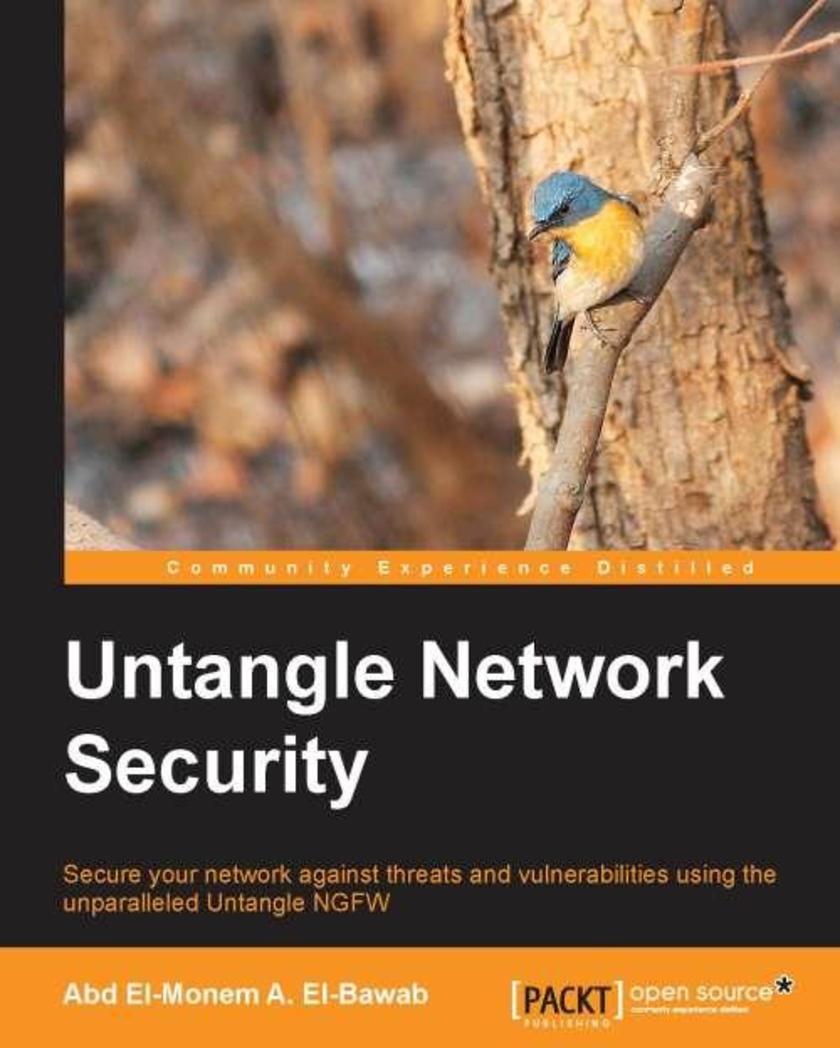
Untangle Network Security
¥80.65
If you are a security engineer or a system administrator and want to secure your server infrastructure with the feature-rich Untangle, this book is for you. For individuals who want to start their career in the network security field, this book would serve as a perfect companion to learn the basics of network security and how to implement it using Untangle NGFW.
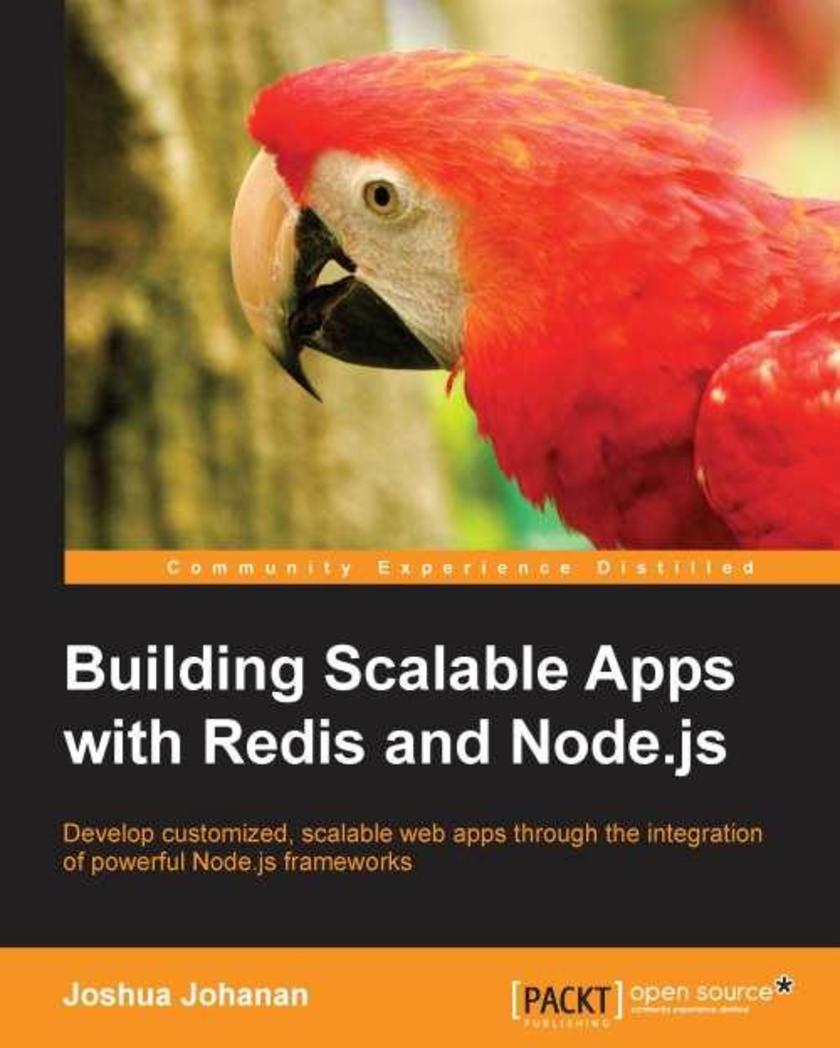
Building Scalable Apps with Redis and Node.js
¥80.65
If the phrase scalability sounds alien to you, then this is an ideal book for you. You will not need much Node.js experience as each framework is demonstrated in a way that requires no previous knowledge of the framework. You will be building scalable Node.js applications in no time! Knowledge of JavaScript is required.
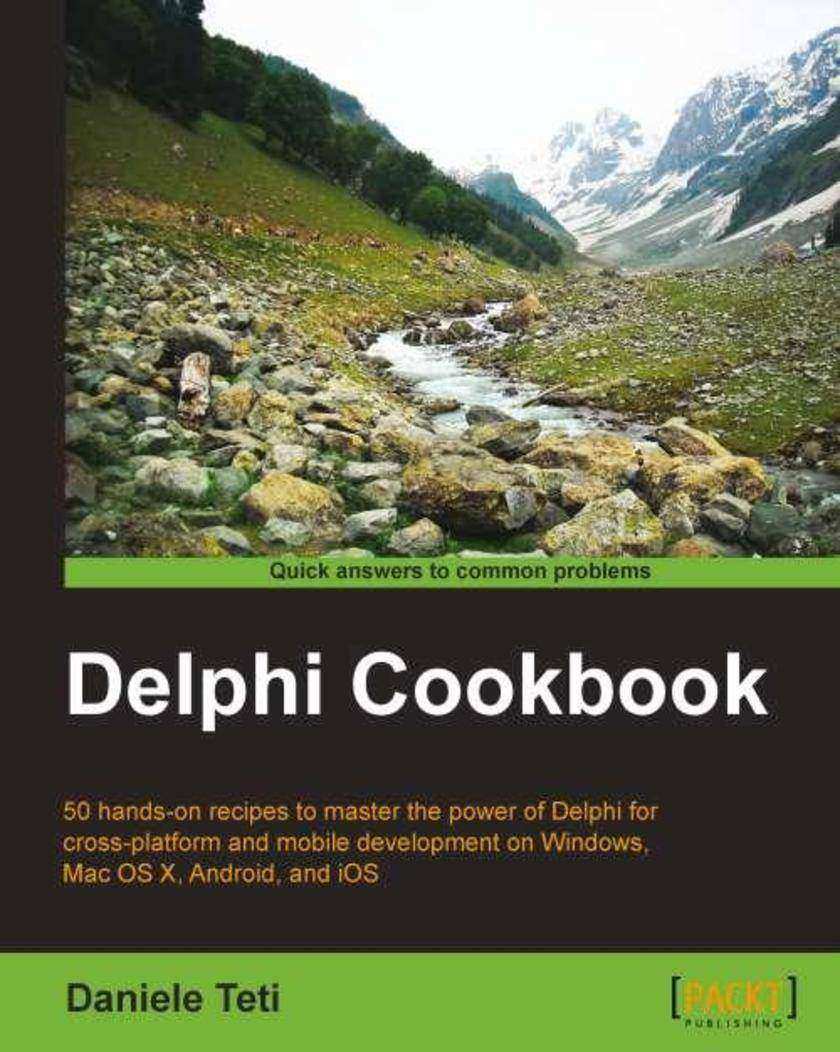
Delphi Cookbook
¥80.65
Intended to refresh the basics of Delphi as well as advance your knowledge to the next level, it is assumed you will know RAD studio and the Object Pascal language. However, if you are not an experienced RAD studio programmer this accessible guide will still develop those initial crucial skills.
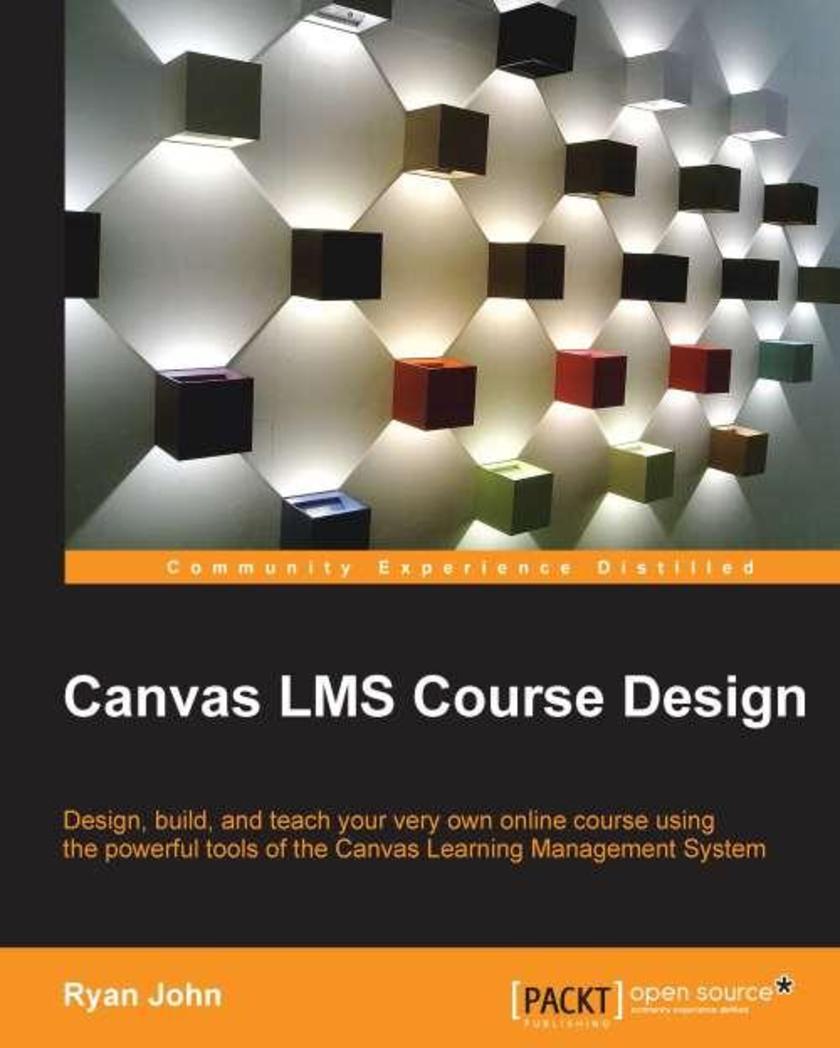
Canvas LMS Course Design
¥80.65
This book is intended for educators who want to use Canvas to enhance their teaching or for educators whose institution has adopted Canvas as its learning management system. Whether you are brand new to online learning or you are a seasoned expert, you will be able to master both the basic functions and the advanced features of Canvas with this book.
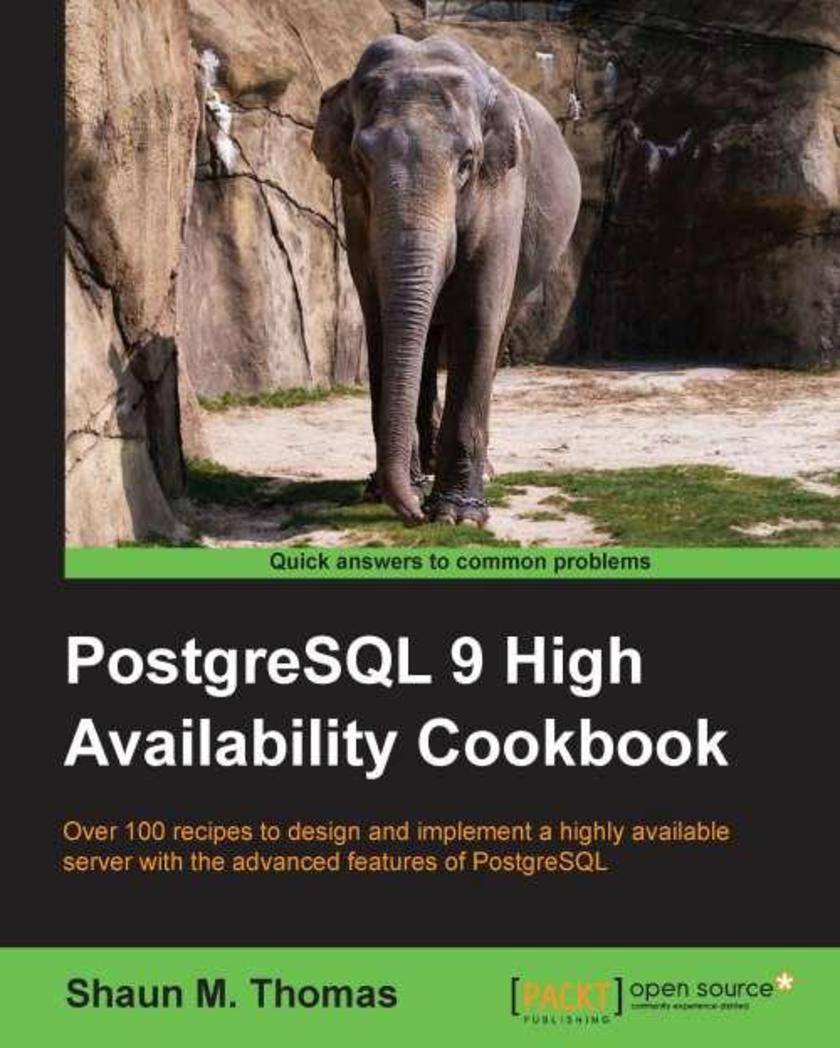
PostgreSQL 9 High Availability Cookbook
¥80.65
A comprehensive series of dependable recipes to design, build, and implement a PostgreSQL server architecture free of common pitfalls that can operate for years to come. Each chapter is packed with instructions and examples to simplify even highly complex database operations. If you are a PostgreSQL DBA working on Linux systems who want a database that never gives up, this book is for you. If you've ever experienced a database outage, restored from a backup, spent hours trying to repair a malfunctioning cluster, or simply want to guarantee system stability, this book is definitely for you.
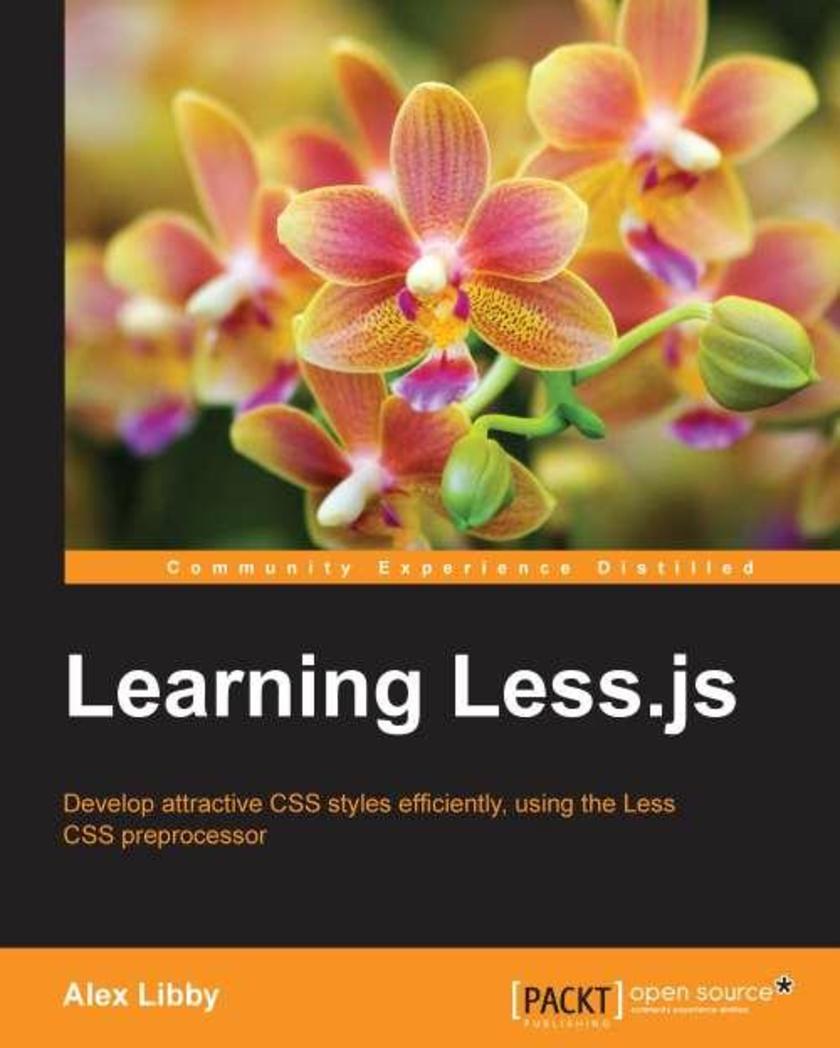
Learning Less.js
¥80.65
If you are a designer or developer who wants to quickly learn how to harness the power of Less.js to write more efficient CSS styles that can be applied to a website of any size, then this book is for you. This book will help you master both the basic functions and advanced features of Less.js. It would be helpful to have some familiarity of writing CSS styles, although no prior experience of using CSS preprocessors is required.
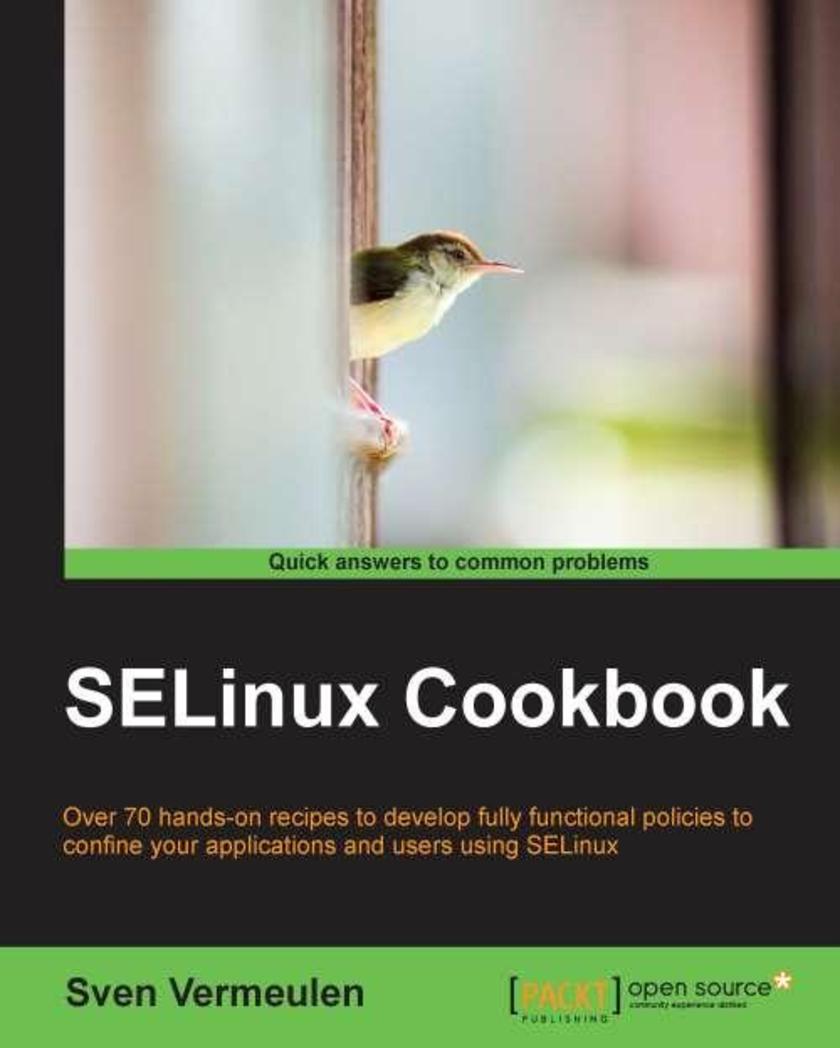
SELinux Cookbook
¥80.65
If you are a Linux system administrator or a Linux-based service administrator and want to fine-tune SELinux to implement a supported, mature, and proven access control system, then this book is for you. Basic experience with SELinux enabled distributions is expected.
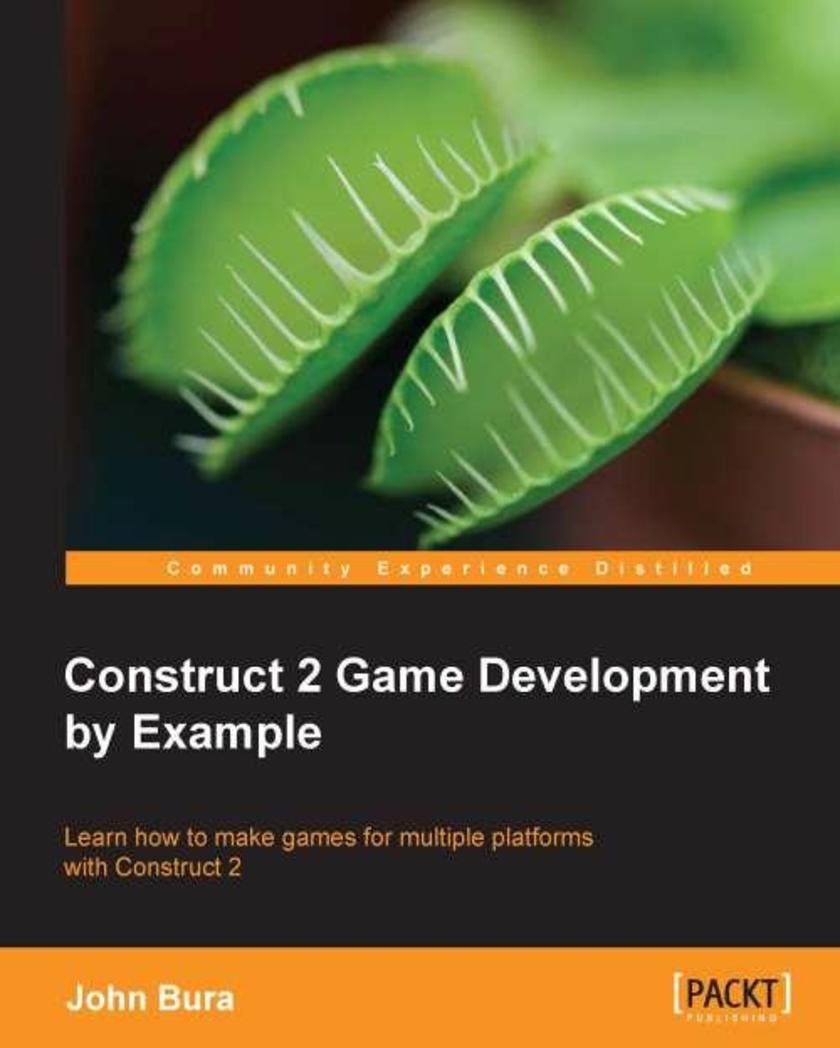
Construct 2 Game Development by Example
¥80.65
This book uses practical examples to teach readers, and imparts the key skills and techniques of working in Construct 2 through building complete game projects. This book is for complete beginners who have always wanted to learn how to make games and have never tried. It is the perfect introduction to game development, design, and production.
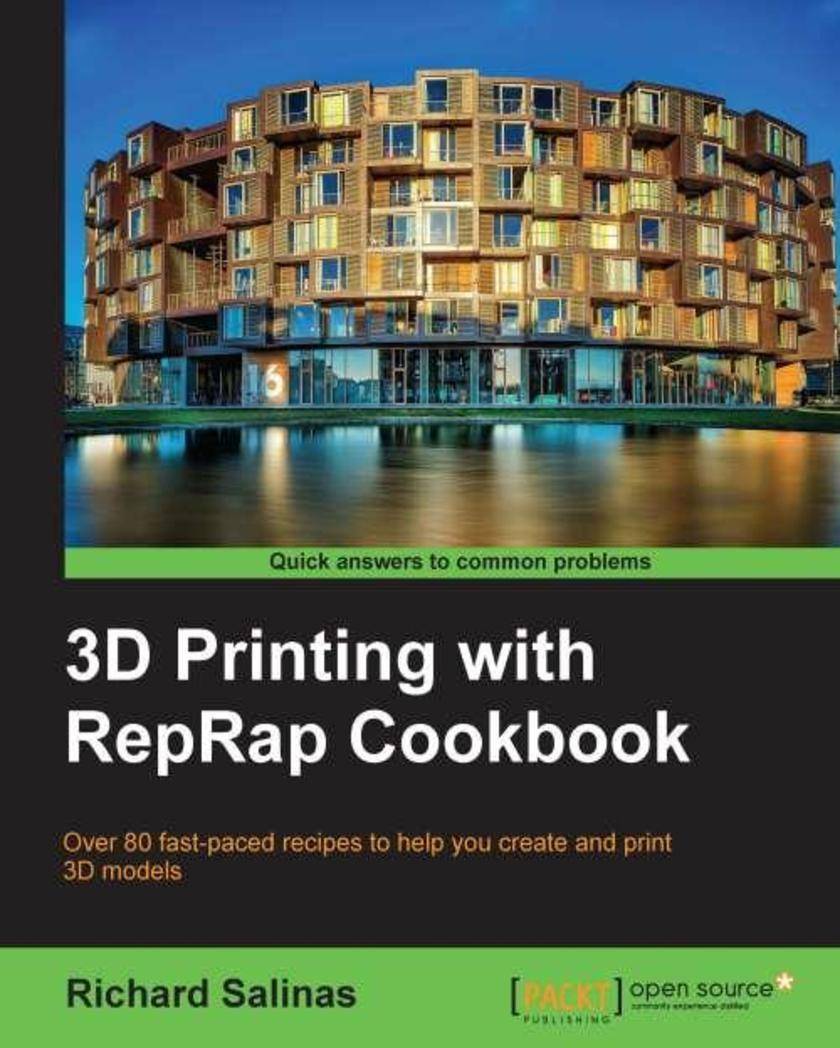
3D printing with RepRap Cookbook
¥80.65
A systematic guide consisting of over 100 recipes which focus on helping you understand the process of 3D printing using RepRap machines. The book aims at providing professionals with a series of working recipes to help make their fuzzy notions into real, saleable projects/objects using 3D printing technology. This book is for novice designers and artists who own a RepRap-based 3D printer, have fundamental knowledge of its working, and who desire to gain better mastery of the printing process. For the more experienced user, it will provide a handy visual resource, with side-by-side comparisons of the two most popular slicers, Skeinforge and Slic3r. A basic understanding of designing and modeling principles and elementary knowledge of digital modeling would be a plus.
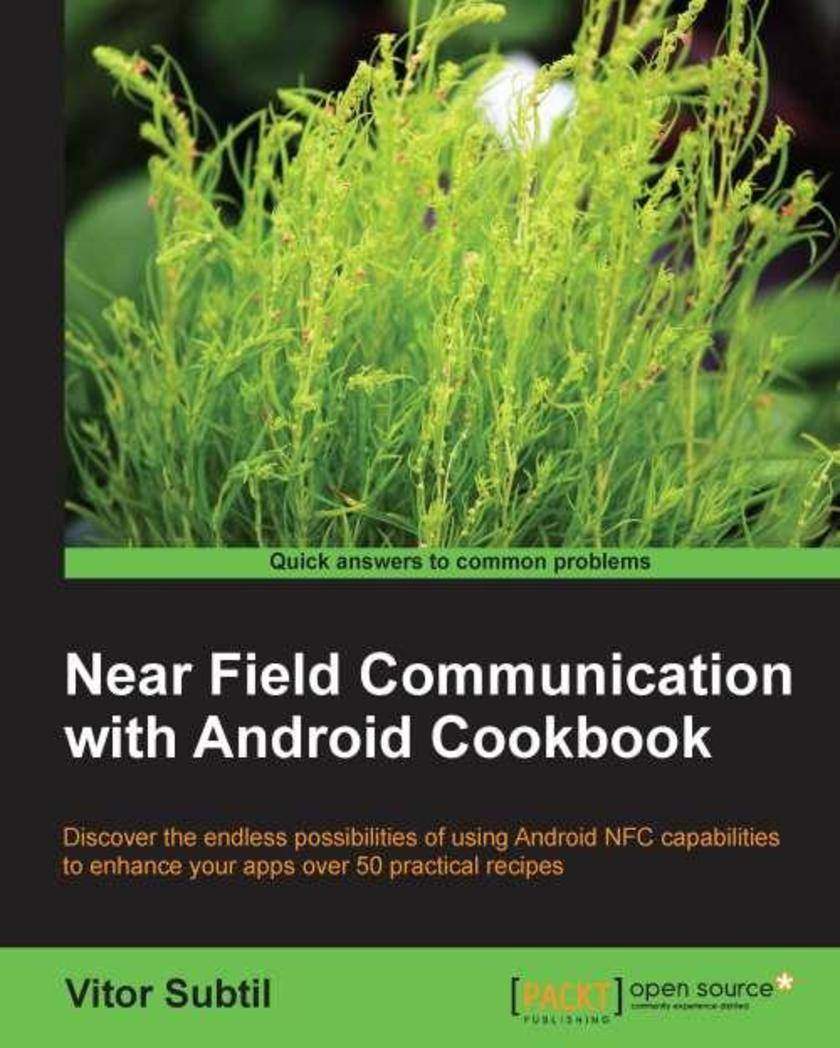
Near Field Communication with Android Cookbook
¥80.65
An easy-to-follow guide, full of hands-on examples of and real-world applications. Each recipe is explained and placed in context. If you want to learn how to create NFC-enabled Android applications, this is the book for you. Perhaps you already know a bit about Android application developments but have never used NFC, or perhaps you know a little about NFC android development but want some more advanced features and examples. In either case, this book will get you up and running quickly. You are expected to have Android programming knowledge.
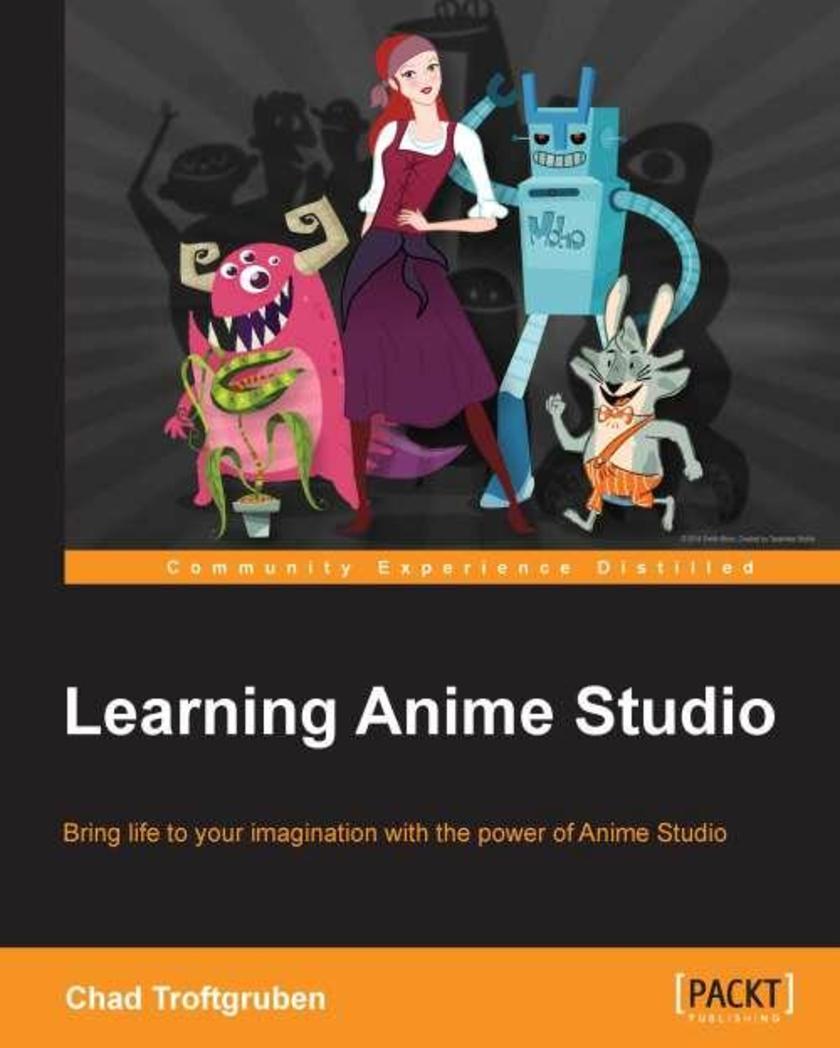
Learning Anime Studio
¥80.65
Written in an easy to follow manner with practical exercises, this book takes you through every aspect of Anime Studio, guiding you to create your own original cartoon. Learning Anime Studio is for newcomers to Anime Studio or animation in general. Hobbyists and newcomers with ambitions of being an animator will get the most out of this book. However, intermediate and long time users will be able to use various chapters as a reference to some of Anime Studio’s tools and features. The book also serves as a guide for the new enhancements introduced in Anime Studio Pro 10.
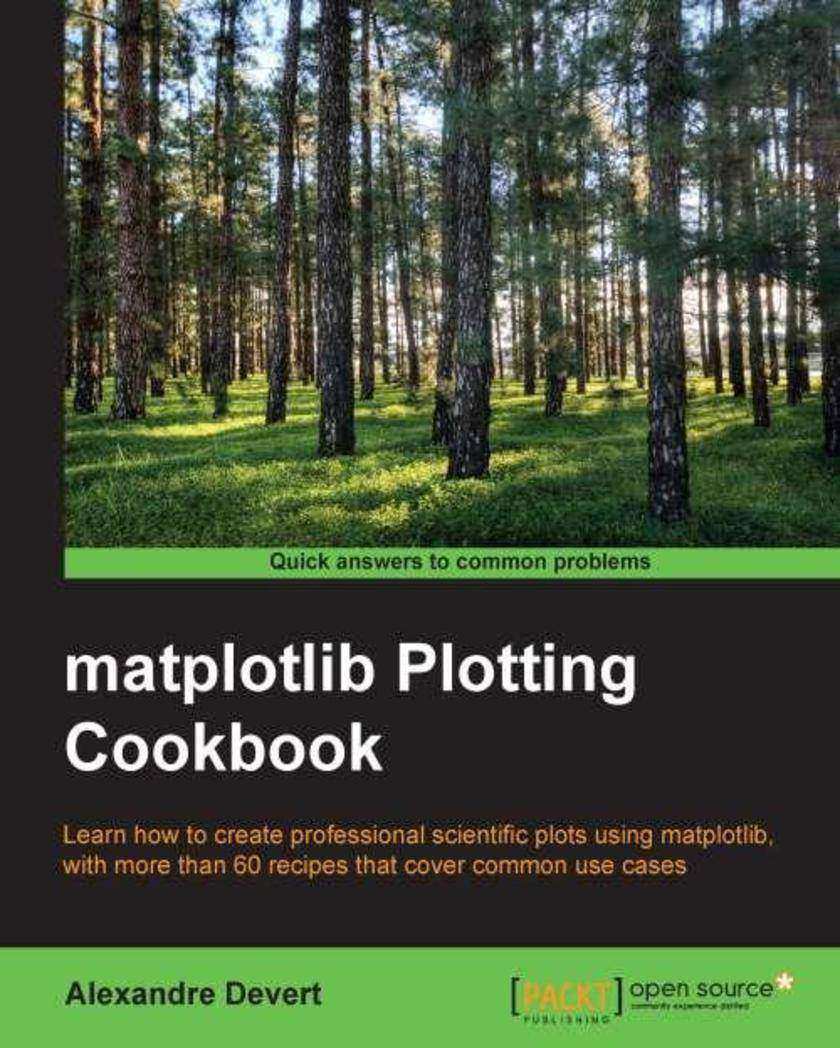
Matplotlib Plotting Cookbook
¥80.65
This book follows a cookbook style approach that puts orthogonal and nonredundant recipes in your hands. Rather than rehashing the user manual, the explanations expose the underlying logic behind Matplotlib. If you are an engineer or scientist who wants to create great visualizations with Python, rather than yet another specialized language, this is the book for you. While there are several very competent plotting packages, Matplotlib is “just” a Python module. Thus, if you know some Python already, you will feel at home from the first steps on. In case you are an application writer, you won't be left out since the integration of Matplolib is covered.
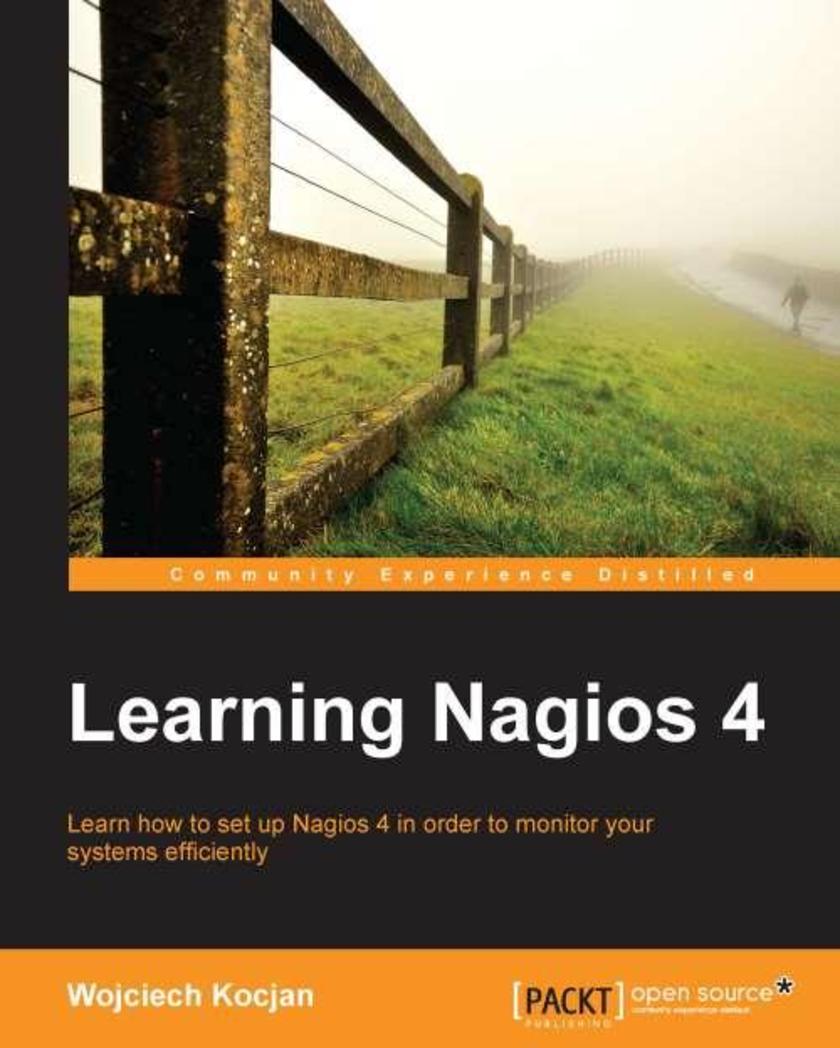
Learning Nagios 4
¥80.65
This book will introduce Nagios to readers who are interested in monitoring their systems. All the concepts in the book are explained in a simplified manner, presented in an easytounderstand language with lots of tips, tricks, and illustrations. This book is great for system administrators interested in using Nagios to monitor their systems. It will also help professionals who have already worked with earlier versions of Nagios to understand the new features of Nagios 4 and provides usable solutions to reallife problems related to Nagios administration. To effectively use this book, system administration knowledge is required. If you want to create your own plugins, knowledge of *ing languages like Perl, shell and Python is expected.
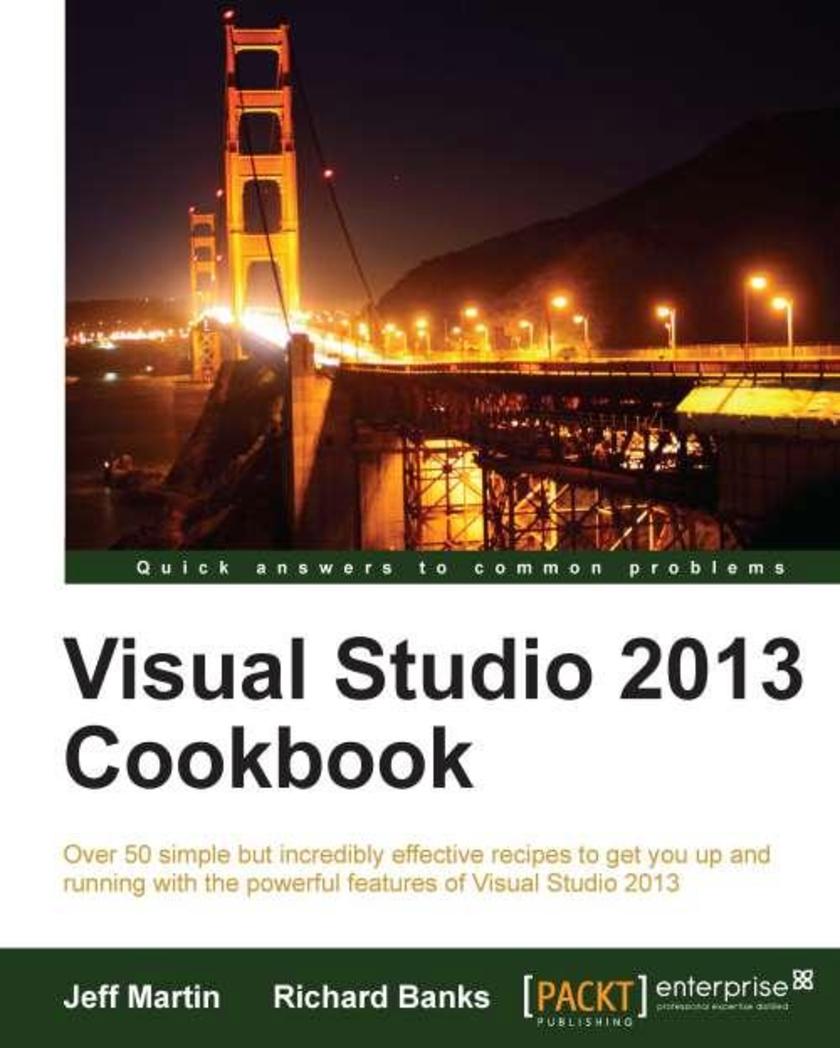
Visual Studio 2013 Cookbook
¥80.65
This book is a practical guide to using Visual Studio 2013 that will help you become familiar with the improvements made over previous versions. Each recipe provides a handson approach to the new features with stepbystep instructions on how to increase your productivity. If you are a developer excited about the new features introduced in Visual Studio 2013, then no matter what your programming language of choice is, Visual Studio 2013 Cookbook is for you. You should have a good knowledge of working with previous versions of Visual Studio to enjoy the recipes in this book. This book provides practical examples to help you use Visual Studio 2013 more effectively.

OpenCV for Secret Agents
¥80.65
This book is for programmers who want to expand their skills by building fun, smart, and useful systems with OpenCV. The projects are ideal in helping you to think creatively about the uses of computer vision, natural user interfaces, and ubiquitous computers (in your home, car, and hand).
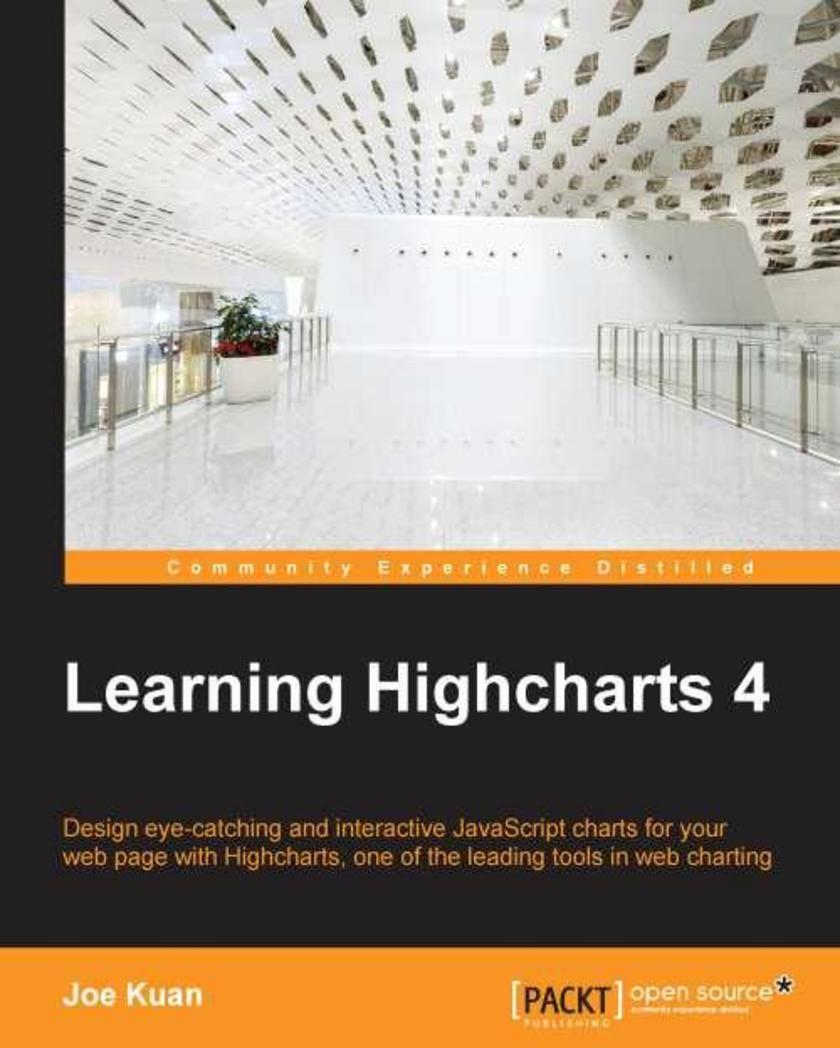
Learning Highcharts 4
¥80.65
The book is aimed at all levels of readers. Beginners can learn the basic configurations and step-by-step approaches in creating charts or Highcharts cloud. For intermediate and advanced readers, the book explores the APIs, events, server-side operations and plugins.
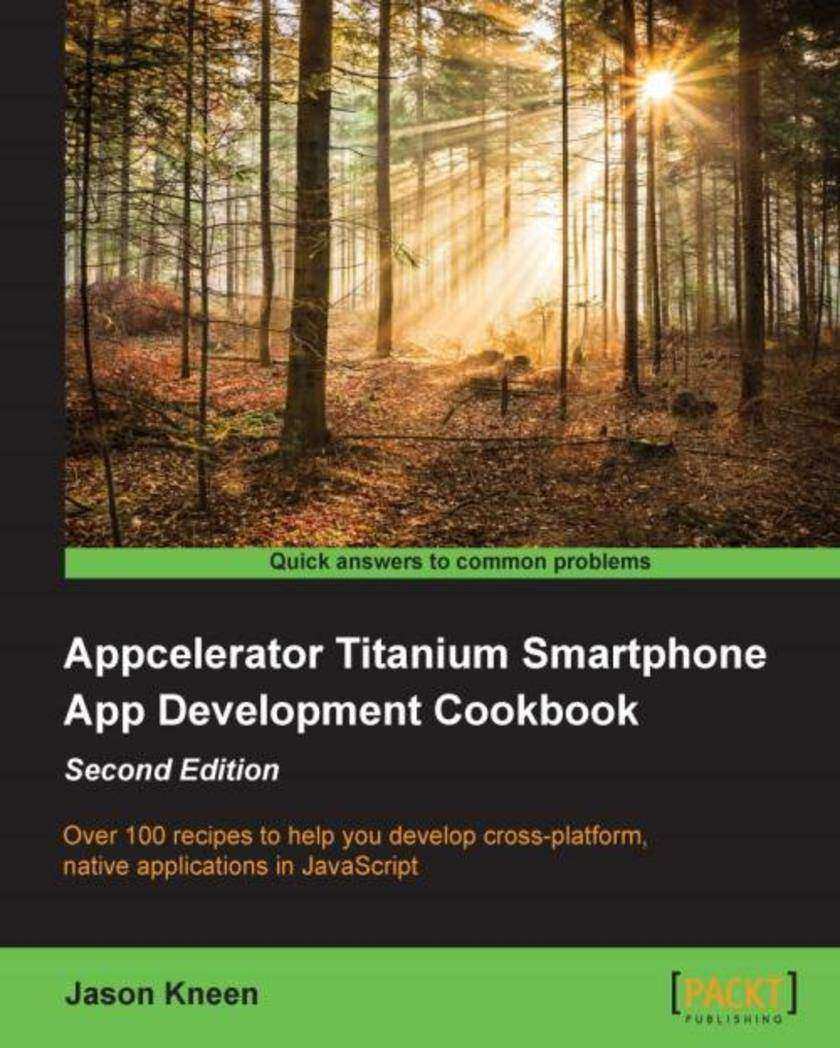
Appcelerator Titanium Smartphone App Development Cookbook - Second Edition
¥80.65
Over 100 recipes to help you develop cross-platform, native applications in JavaScript About This Book Leverage your JavaScript skills to write mobile applications using Titanium Studio tools with the native advantage Deploy your application on the App Store and Google Play Add your own IOS native modules in objective-C, in an easy-to-follow step-by-step format Who This Book Is For This book is an essential for any developer learning or using JavaScript who wants to write native UI applications for iOS and Android. No knowledge of Objective-C, Swift and Java is required and you’ll quickly be developing native, cross-platform apps, in JavaScript! What You Will Learn Transfer data between applications with URL schemes, and make your application accessible to other mobile applications and services Connect with remote services using JSON Work with Google Maps and Apple Maps, GPS and annotate routes Create animations and special effects Integrate notifications and connect with social media services such as Facebook and Twitter Build applications with Alloy MVC – a rapid application development framework Design native APIs and use local databases In Detail The mobile web has paved the way but many users want to have “native” applications installed. Using Appcelerator as a platform it’s now possible to write iOS, Android, and Windows phone applications in JavaScript! It allows developers to develop fully native UI applications using Appcelerator studio tools without any knowledge of Objective-C, Swift or Java. This book will take you through the process of building cross-platform, native UI applications for the mobile from scratch. You will learn how to develop apps, how to use GPS, cameras and photos and how to build socially connected apps. You will also learn how to package them for submission to the App Store and Google Play. This cookbook takes a pragmatic approach to creating applications in JavaScript from putting together basic UIs, to handling events and implementation of third party services such as Twitter, Facebook and Push notifications. The book shows you how to integrate datasources and server APIs, and how to use local databases. The topics covered will guide you to use Appcelerator Studio tools for all the mobile features such as Geolocation, Accelerometer, animation and more. You’ll also learn about Alloy, the Appcelerator MVC framework for rapid app development, and how to transfer data between applications using URLSchemes, enabling other developers to access and launch specific parts of your app. Finally, you will learn how to register developer accounts and publish your very own applications on the App Store and Google Play. Style and approach This book offers a set of practical recipes with a step-by-step approach for building native applications for both the iOS and Android using JavaScript. This hands-on guide shows you exactly how to use the Appcelerator platform to rapidly develop cross-platform, native apps.
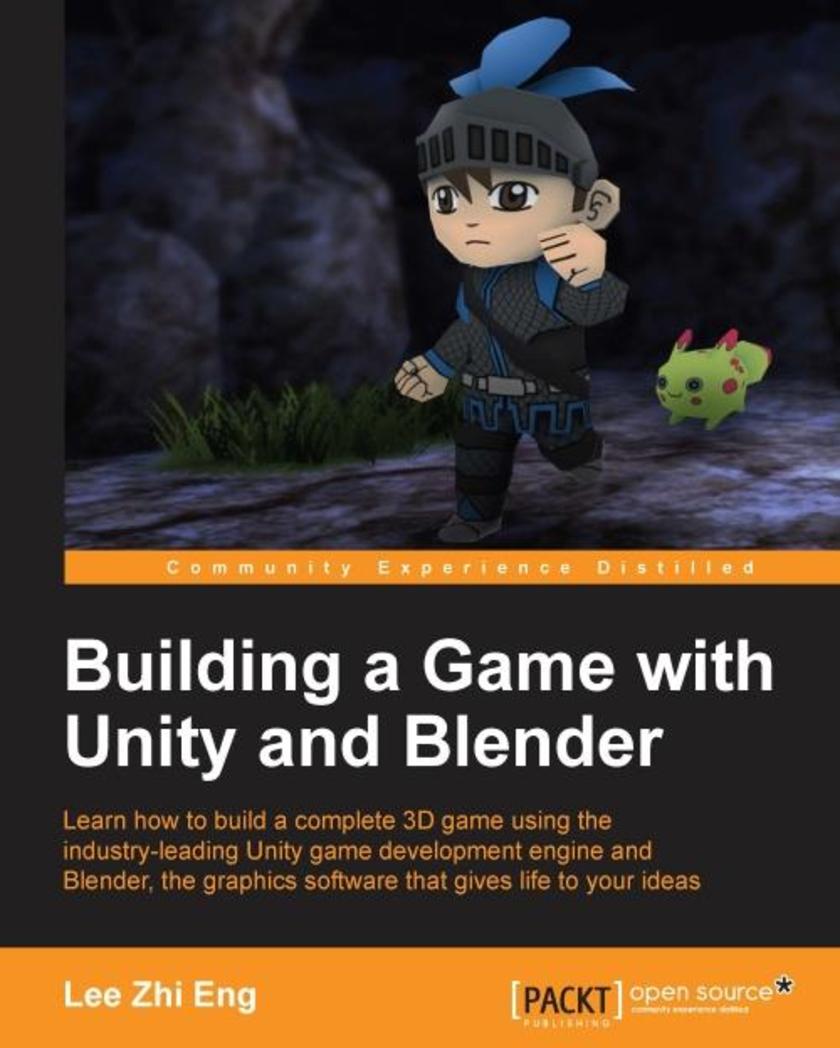
Building a Game with Unity and Blender
¥80.65
Learn how to build a complete 3D game using the industry-leading Unity game development engine and Blender, the graphics software that gives life to your ideas About This Book Learn the fundamentals of two powerful tools and put the concepts into practice Find out how to designand buildall the core elements required for a great game - from characters to environments, to props— Learn how to integrate Artificial Intelligence (AI) into your game for sophisticated and engaging gameplay Who This Book Is For This book has been created for anyone who wants to learn how to develop their own game using Blender and Unity, both of which are freely available, yet very popular and powerful, tools. Not only will you be able to master the tools, but you will also learn the entire process of creating a game from the ground up. What You Will Learn Design and create a game concept that will determine how your game will look and how it will be played Construct 3D models of your game characters and create animations for them before importing them into the game Build the game environment from scratch by constructing the terrain and props, and eventually put it all together to form a scene Import and integrate game assets created in Blender into Unity—for example, setting up textures, materials, animation states, and prefabs Develop game structures including a game flow, user interface diagram, game logic, and a state machine Make the game characters move around and perform certain actions either through player inputs or fully controlled by artificial intelligence Create particles and visual effects to enhance the overall visual aesthetic Deploy the game for various types of platforms In Detail In the wake of the indie game development scene, game development tools are no longer luxury items costing up to millions of dollars but are now affordable by smaller teams or even individual developers. Among these cutting-edge applications, Blender and Unity stand out from the crowd as a powerful combination that allows small-to-no budget indie developers or hobbyists alike to develop games that they have always dreamt of creating. Starting from the beginning, this book will cover designing the game concept, constructing the gameplay, creating the characters and environment, implementing game logic and basic artificial intelligence, and finally deploying the game for others to play. By sequentially working through the steps in each chapter, you will quickly master the skills required to develop your dream game from scratch. Style and approach A step-by-step approach with tons of screenshots and sample code for readers to follow and learn from. Each topic is explained sequentially and placed in context so that readers can get a better understanding of every step in the process of creating a fully functional game.
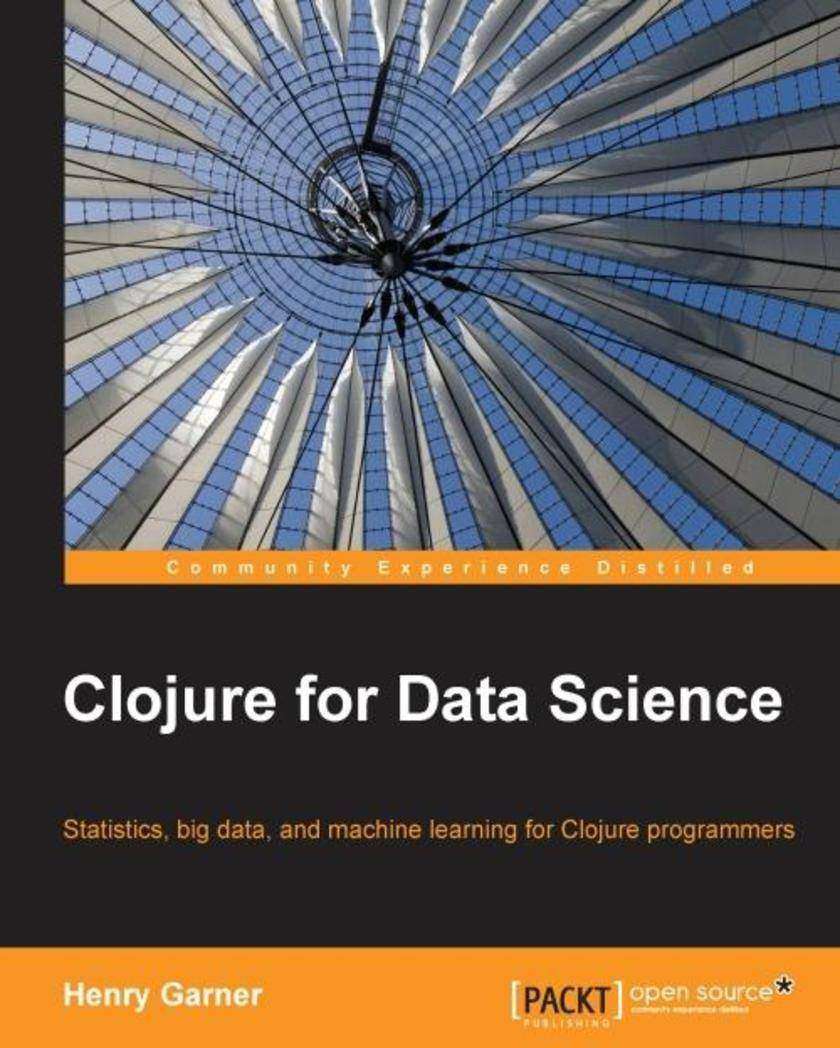
Clojure for Data Science
¥80.65
Statistics, big data, and machine learning for Clojure programmers About This Book Write code using Clojure to harness the power of your data Discover the libraries and frameworks that will help you succeed A practical guide to understanding how the Clojure programming language can be used to derive insights from data Who This Book Is For This book is aimed at developers who are already productive in Clojure but who are overwhelmed by the breadth and depth of understanding required to be effective in the field of data science. Whether you’re tasked with delivering a specific analytics project or simply suspect that you could be deriving more value from your data, this book will inspire you with the opportunities–and inform you of the risks–that exist in data of all shapes and sizes. What You Will Learn Perform hypothesis testing and understand feature selection and statistical significance to interpret your results with confidence Implement the core machine learning techniques of regression, classification, clustering and recommendation Understand the importance of the value of simple statistics and distributions in exploratory data analysis Scale algorithms to web-sized datasets efficiently using distributed programming models on Hadoop and Spark Apply suitable analytic approaches for text, graph, and time series data Interpret the terminology that you will encounter in technical papers Import libraries from other JVM languages such as Java and Scala Communicate your findings clearly and convincingly to nontechnical colleagues In Detail The term “data science” has been widely used to define this new profession that is expected to interpret vast datasets and translate them to improved decision-making and performance. Clojure is a powerful language that combines the interactivity of a *ing language with the speed of a compiled language. Together with its rich ecosystem of native libraries and an extremely simple and consistent functional approach to data manipulation, which maps closely to mathematical formula, it is an ideal, practical, and flexible language to meet a data scientist’s diverse needs. Taking you on a journey from simple summary statistics to sophisticated machine learning algorithms, this book shows how the Clojure programming language can be used to derive insights from data. Data scientists often forge a novel path, and you’ll see how to make use of Clojure’s Java interoperability capabilities to access libraries such as Mahout and Mllib for which Clojure wrappers don’t yet exist. Even seasoned Clojure developers will develop a deeper appreciation for their language’s flexibility! You’ll learn how to apply statistical thinking to your own data and use Clojure to explore, analyze, and visualize it in a technically and statistically robust way. You can also use Incanter for local data processing and ClojureScript to present interactive visualisations and understand how distributed platforms such as Hadoop sand Spark’s MapReduce and GraphX’s BSP solve the challenges of data analysis at scale, and how to explain algorithms using those programming models. Above all, by following the explanations in this book, you’ll learn not just how to be effective using the current state-of-the-art methods in data science, but why such methods work so that you can continue to be productive as the field evolves into the future. Style and approach This is a practical guide to data science that teaches theory by example through the libraries and frameworks accessible from the Clojure programming language.




 购物车
购物车 个人中心
个人中心



